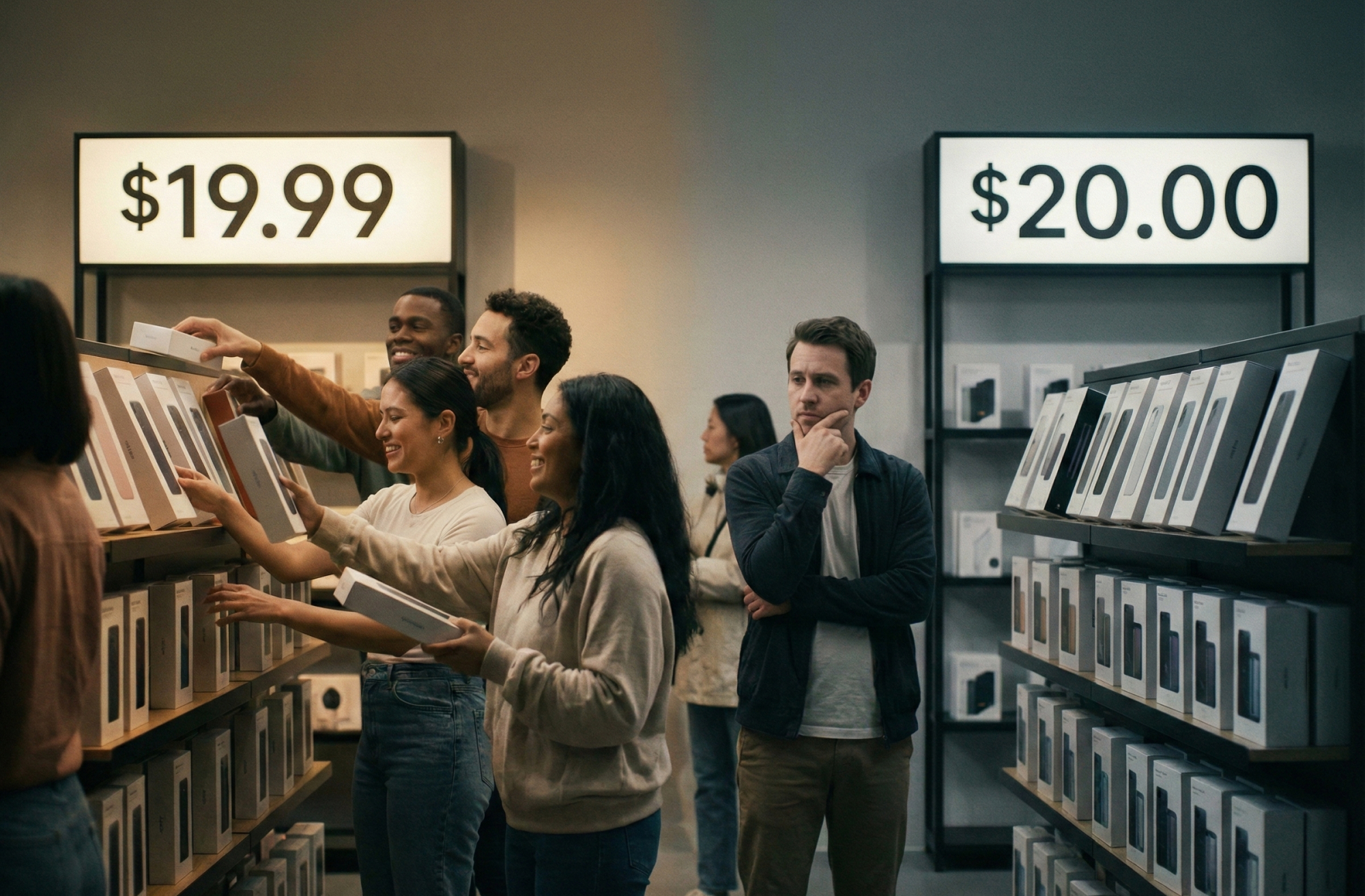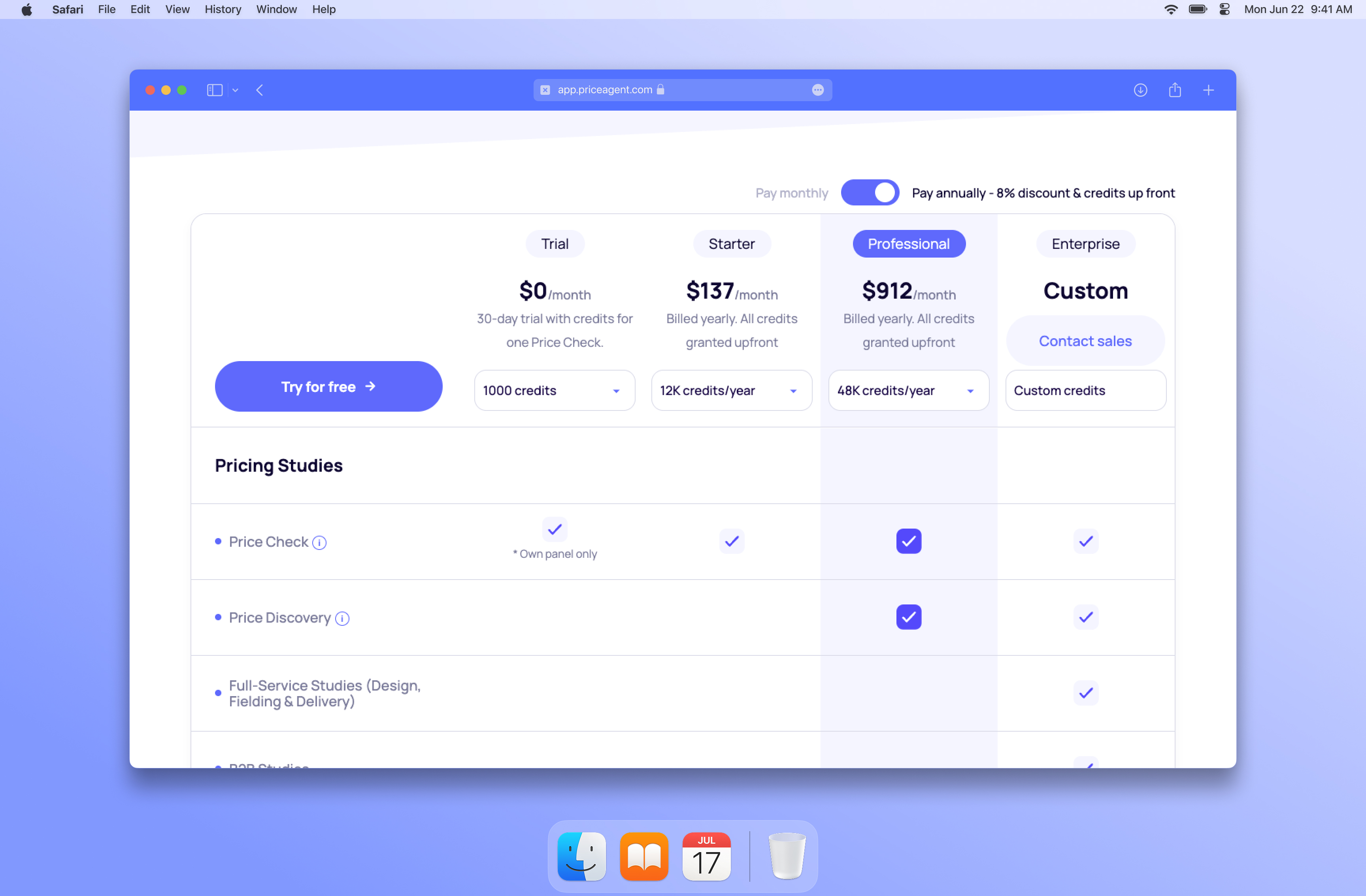Retail Price Optimization: Maximizing Profits and Customer Value
Uncover the art and science of retail price optimization. Discover techniques to str

Summarize article with AI
In the dynamic world of retail, setting the right price for your products can be a game-changer. Retail price optimization isn’t just about picking numbers – it’s a strategic approach that can significantly impact your revenue, customer loyalty, and competitive edge. In this guide, we’ll delve into the world of retail price optimization, exploring its benefits, key factors, techniques, and real-world success stories.
Benefits of Price Optimization in Retail
Price optimization goes beyond revenue; it’s about balancing value for both you and your customers. By strategically setting prices, retailers can:
Boost Revenue: Optimized prices can lead to increased sales, ultimately contributing to higher revenue and profitability.
Enhance Customer Perception: Well-priced products resonate with customers and enhance their perception of value, which can lead to increased loyalty.
Stay Competitive: In a market where prices are constantly changing, optimization ensures your products remain competitive.
Key Factors Influencing Retail Price Optimization
Customer Behavior and Willingness to Pay: Understanding how your customers perceive value and what they’re willing to pay is essential. Analyzing historical sales data and conducting surveys can provide insights into their preferences.
Competitor Analysis and Market Trends: Staying ahead requires monitoring your competitors’ pricing strategies and being aware of market trends. This knowledge helps you position your products strategically.
Seasonality and Demand Fluctuations: Prices should reflect the demand – whether it’s during peak seasons or off-peak periods. Dynamic pricing can help adjust prices accordingly.
Data-Driven Approach to Retail Price Optimization
Data is the heart of price optimization. Gathering and analyzing data such as historical sales, customer preferences, and market trends can guide your pricing decisions. Leverage advanced analytics tools to ensure accuracy and reliability.
Techniques for Retail Price Optimization
Value-Based Pricing: Linking prices to the perceived value your product offers. This involves understanding your customers’ needs and determining what they are willing to pay for your unique value proposition.
Dynamic Pricing: Adjusting prices in real-time based on factors like demand, competitor prices, and even time of day. This technique can maximize revenue during peak times and increase price competitiveness during slower periods.
Psychological Pricing: Utilizing pricing strategies that play on consumer psychology. Techniques like charm pricing (ending prices in .99) or tiered pricing can influence perception and purchase decisions.
Implementing Retail Price Optimization
Develop a Strategy: Identify your goals, whether it’s increasing market share or boosting profit margins. Align your pricing strategy with your business objectives.
Leverage Technology: Implement pricing software that utilizes data analytics and algorithms to provide accurate insights for informed pricing decisions.
Case Studies: Successful Retail Price Optimization
Case Study 1: Fashion Retailer X This retailer increased their sales by 20% by implementing dynamic pricing strategies during sales events, capitalizing on peak demand.
Case Study 2: Electronics Retailer Y By utilizing value-based pricing and emphasizing product benefits, this retailer boosted customer loyalty and reported a 15% increase in repeat purchases.
Future Trends in Retail Price Optimization
The landscape of retail is rapidly evolving, and the future of pricing optimization is nothing short of exciting. As technology continues to advance, Artificial Intelligence (AI) and machine learning are poised to revolutionize the way retailers approach pricing strategies. These cutting-edge technologies have the potential to take retail price optimization to new heights, offering real-time insights that further enhance the accuracy and effectiveness of pricing decisions.
AI-driven algorithms can analyze massive amounts of data in seconds, allowing retailers to identify subtle patterns and correlations that human analysis might miss. This level of data processing power empowers retailers to make informed decisions that are backed by a comprehensive understanding of market dynamics, customer behaviors, and competitor movements.
One fascinating avenue where these advancements are particularly relevant is in the realm of sustainable clothing. As consumers become increasingly conscious of the environmental and ethical impacts of their purchases, sustainable fashion has gained significant traction. AI-driven price optimization can play a crucial role in making sustainable clothing more accessible to a wider audience. By strategically pricing sustainable products, retailers can not only maximize profits but also incentivize eco-friendly choices among consumers.
In this new era of retail price optimization, AI and machine learning will not only enhance accuracy but also speed up the decision-making process. Real-time insights will allow retailers to adapt to market fluctuations and emerging trends swiftly, ensuring that their pricing strategies remain relevant and effective.
Conclusion
In a fiercely competitive retail landscape, price optimization is your secret weapon. By understanding your customers, analyzing data, and implementing effective pricing strategies, you can achieve your revenue and growth objectives. It’s time to take charge of your pricing and elevate your retail price intelligence succes s through smart price optimization.









